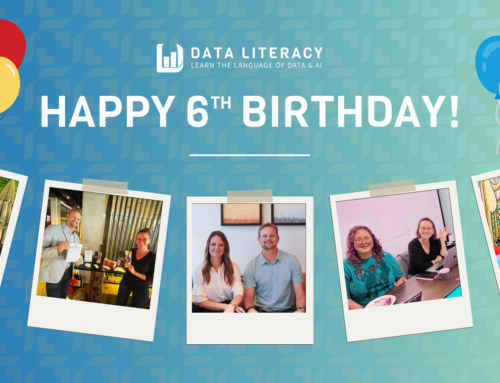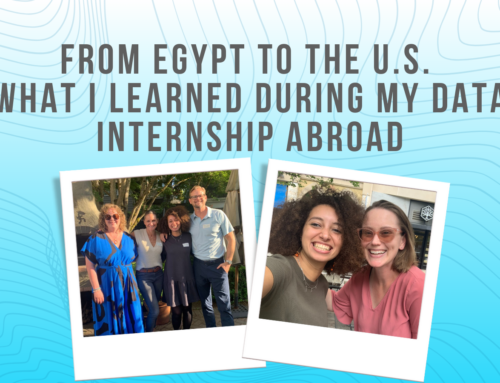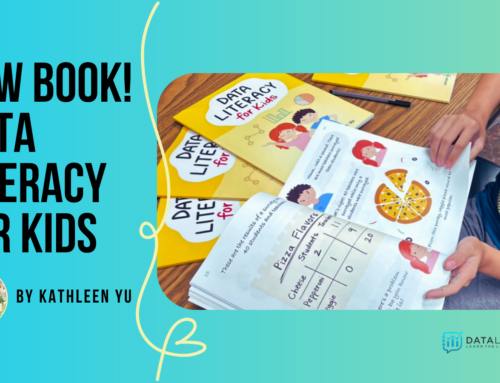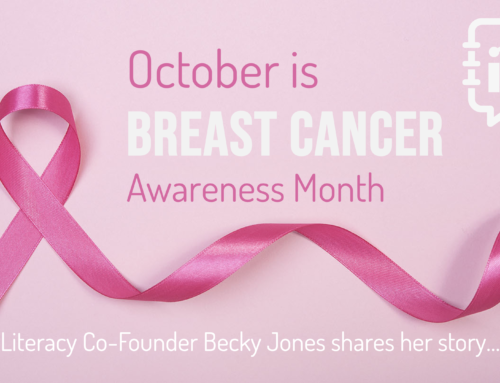
The following International Women’s Day guest blog post was written by Inna Saboshchuk, PhD.
Inna is a senior data product manager in the retail industry in NYC. She previously worked as a data scientist for a SaaS company which uses AI to automate and optimize retail processes. Additionally she taught psychology courses at Hunter College in NYC and Probability and Statistics courses at IE University in Madrid. She continues to mentor aspiring data professionals.
Inna has a PhD in social psychology, MPH in biostatistics and epidemiology, MA in psychological research, and an MPhil in general psychology. She was born in Ukraine and spent the last four years living in Madrid; however, she is excited to return to New York City where her family has lived since she was three years old.
I want you to do me a favor. Close your eyes and imagine a data scientist. Do you picture an outgoing young woman, wearing make-up and laughing with her girlfriends over drinks? Probably not, and that’s okay because up until very recently I wouldn’t have either. Nevertheless, it’s unfortunate that we all hold these stereotypes about who can and can’t enter a data profession. After all, we keep hearing that AI is the future, data professionals are in high demand and their jobs offer strong financial stability. Yet, behavioral science research shows that these images of who can be a data scientist are powerful enough to dissuade those who don’t look the part to even try to join the data world.

This topic is of particular interest to me because I, myself, would have never imagined I could have a tech related role. It wasn’t until I was already in graduate school, working on a PhD in psychology, that I gave myself “permission” to like data. My graduate school mentor and one of the most brilliant scientists I have ever met, Dr. Sarit Golub, deserves a lot of the credit for my epiphany. She would ask us graduate students to perform all sorts of analyses and create tables upon tables to pore over in our lab meetings. Sarit would absolutely light up about an interesting finding, and she would push us to dig further into the data until we had a concrete story to tell. I remember her popping into my office one day and casually saying “I think you need to do a negative binomial regression on the data we just spoke about.” “Okay”, I said, even though I was just about ready to jump out of my skin because I had never even heard of negative binomial regression. After my panic subsided (and I realized I had already said yes, so I didn’t really have much choice), the next thing I knew, I was slowly, cautiously, using negative binomial regression to analyze my data. Sarit’s complete confidence in me forced me to be confident in myself. Even though I didn’t initially believe I could do it, I did do it and that was the beginning of the dissolution of my own beliefs about who data professions are for.
A year later I was enrolled in a Statistics Masters degree and a couple of years after that I was proposing my own analyses that no one had ever heard of to complete my dissertation work. I was lucky because at the same time that I was learning how to program, elevate my math knowledge and analyze larger volumes of data, I was also studying social psychology and learning that the voice inside my head consistently telling me I was an imposter, I wasn’t good enough, and that I should just give up was a common experience for many people who didn’t “look like” data scientists. In addition to learning more math, I had to learn how to ignore that voice and throughout my career I had to prove to myself time and time again that I was, in fact, good enough.

After finishing my PhD, I completed a data science bootcamp and quickly began working as a data scientist. When you experience any form of imposter syndrome, you often find yourself doing more, working longer hours, and studying on the weekends because you believe that you need to work 5 times harder in order to catch up. If I could do it over again, I would focus more on the value I was bringing to the company rather than obsessing over what I did not know yet. I would speak up and ask questions when something was not clear to me, rather than spending hours (or days!) figuring things out on my own. I would try to remember that I had doubted myself a million times before, and yet managed to deliver a result that made my stakeholders happy. I wouldn’t let my idea of what a data scientist “should be” influence what I actually was.
Very recently, I was speaking to a data scientist who I have tremendous respect for, and he told me his vision of what a data scientist is. I listened carefully, and yet respectfully disagreed. You see, this field is still in its early stages and as you move from one company to another you will find that what a data scientist does differs tremendously. The work you find in academia and the business world is also quite different. Depending on the industry, sector, region and workplace a data scientist can have varied tasks and responsibilities. Unfortunately, you will not find much diversity in the tech and data science worlds, and thus the vision of the field has been shaped by people who hold very similar points of view. Now as we slowly change who is entering our world, it is our job as a community to define and re-shape what a data scientist is.
This time, I want you to close your eyes and ask yourself a series of questions. Are you curious about artificial intelligence? Do you want to understand what machine learning is? Have you ever seen someone code and thought to yourself “wow, I wish I could do that?” If you answered yes to any of the above, maybe YOU are what a data scientist looks like. It is never too late, you ARE good enough, and if you work hard and persevere you will absolutely be a great fit for a data related job. Come join me, and together, let’s change what people imagine when they think of a data scientist.






